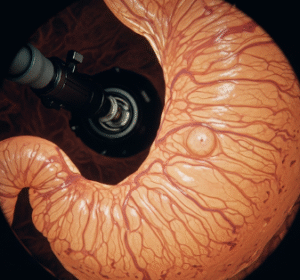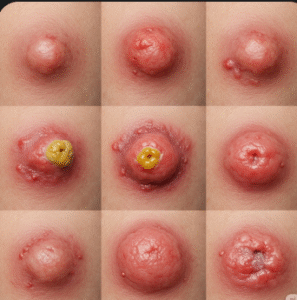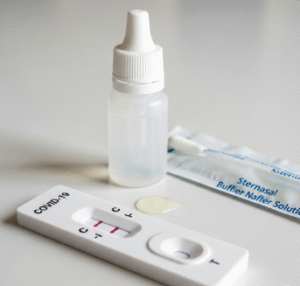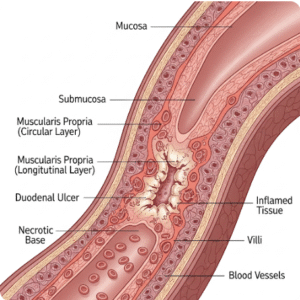Overview
Systemic sclerosis sine scleroderma (ssSSc) is a rare subtype of systemic sclerosis characterized by internal organ involvement typical of scleroderma but without the hallmark skin thickening. It presents diagnostic and treatment challenges due to its subtle presentation. In Korea, advancements in rheumatology and access to comprehensive diagnostic tools have improved the recognition and management of this uncommon condition.
What is Systemic Sclerosis Sine Scleroderma?
Systemic sclerosis sine scleroderma is a form of systemic sclerosis (also known as scleroderma) where the typical skin changes are absent, but internal organs are affected, including the lungs, heart, kidneys, and gastrointestinal system. Patients may still experience Raynaud’s phenomenon, vascular complications, and positive autoantibody tests.
This subtype is considered part of the systemic sclerosis spectrum and may present similarly to limited or diffuse cutaneous systemic sclerosis in terms of organ involvement but lacks cutaneous fibrosis.
Symptoms
- Raynaud’s phenomenon (cold and discolored fingers/toes)
- Esophageal dysmotility or acid reflux
- Pulmonary fibrosis (shortness of breath, dry cough)
- Pulmonary hypertension
- Kidney dysfunction (rare but serious)
- Fatigue and joint pain
- Telangiectasia (small visible blood vessels)
- Positive ANA, anti-centromere, or anti-Scl-70 antibodies
Causes
The exact cause of systemic sclerosis sine scleroderma is unknown, but it is believed to involve:
- Autoimmune response: The immune system mistakenly attacks the body’s connective tissues.
- Genetic predisposition: Certain genes may increase susceptibility.
- Environmental triggers: Exposure to silica dust, solvents, or infections may contribute.
Risk Factors
- Female gender (more common in women)
- Family history of autoimmune diseases
- Age (typically appears between 30 and 50 years)
- Exposure to environmental toxins
- Coexisting autoimmune conditions (e.g., lupus, RA)
Complications
- Interstitial lung disease (ILD)
- Pulmonary arterial hypertension (PAH)
- Gastrointestinal complications (e.g., dysphagia, malabsorption)
- Heart involvement (arrhythmias, heart failure)
- Scleroderma renal crisis (less common in ssSSc)
- Psychological burden from chronic disease
Prevention
There is no known way to prevent systemic sclerosis sine scleroderma, but early detection and management can reduce the risk of complications. Lifestyle adjustments and regular health monitoring are essential.
Preventive steps include:
- Avoiding exposure to cold (Raynaud’s management)
- Not smoking (protects lung and vascular function)
- Managing acid reflux and digestion issues
- Regular screening for pulmonary and cardiac function
Treatment Options in Korea
Korea offers advanced medical services for autoimmune and rare rheumatologic conditions like ssSSc through university hospitals, rheumatology clinics, and specialized centers.
Diagnosis:
- Blood tests: ANA, anti-centromere, anti-Scl-70, and other autoantibodies
- Nailfold capillaroscopy: To detect vascular abnormalities
- High-resolution CT (HRCT): For lung assessment
- Pulmonary function tests: To detect interstitial lung disease or PAH
- Echocardiography: To assess heart involvement
- Esophageal manometry: For gastrointestinal evaluation
Medical Treatment:
- Immunosuppressive therapy: Methotrexate, mycophenolate mofetil, cyclophosphamide
- Biologic agents: Rituximab or tocilizumab (used in select cases)
- Vasodilators: Nifedipine, bosentan, sildenafil for Raynaud’s and PAH
- Proton pump inhibitors: For acid reflux and esophageal issues
- Corticosteroids: Used cautiously to manage inflammation
- Physical therapy: For joint mobility and muscle function
Supportive Care:
- Regular monitoring with rheumatologists
- Nutritional support and dietary counseling
- Pulmonary and cardiac rehabilitation
- Psychological counseling for chronic disease management













